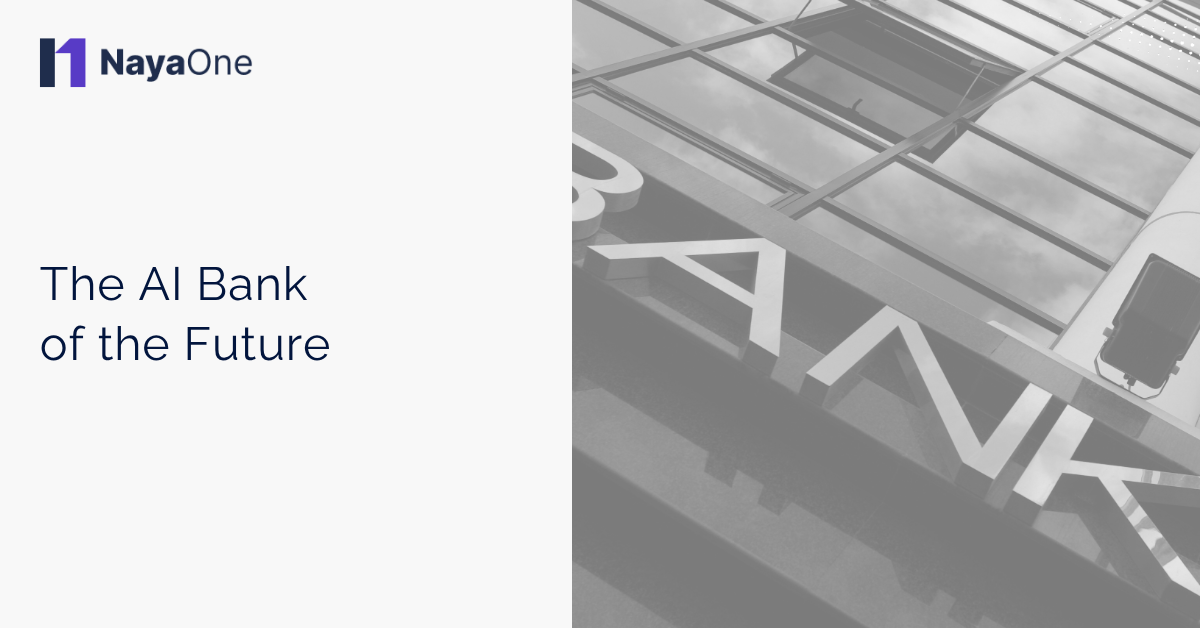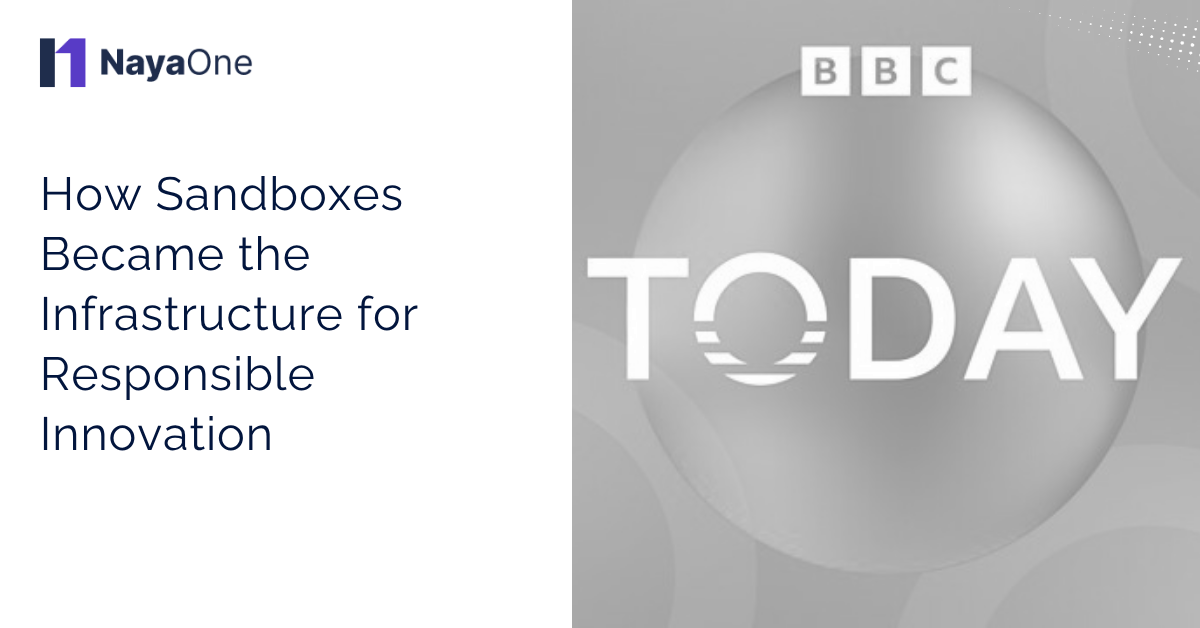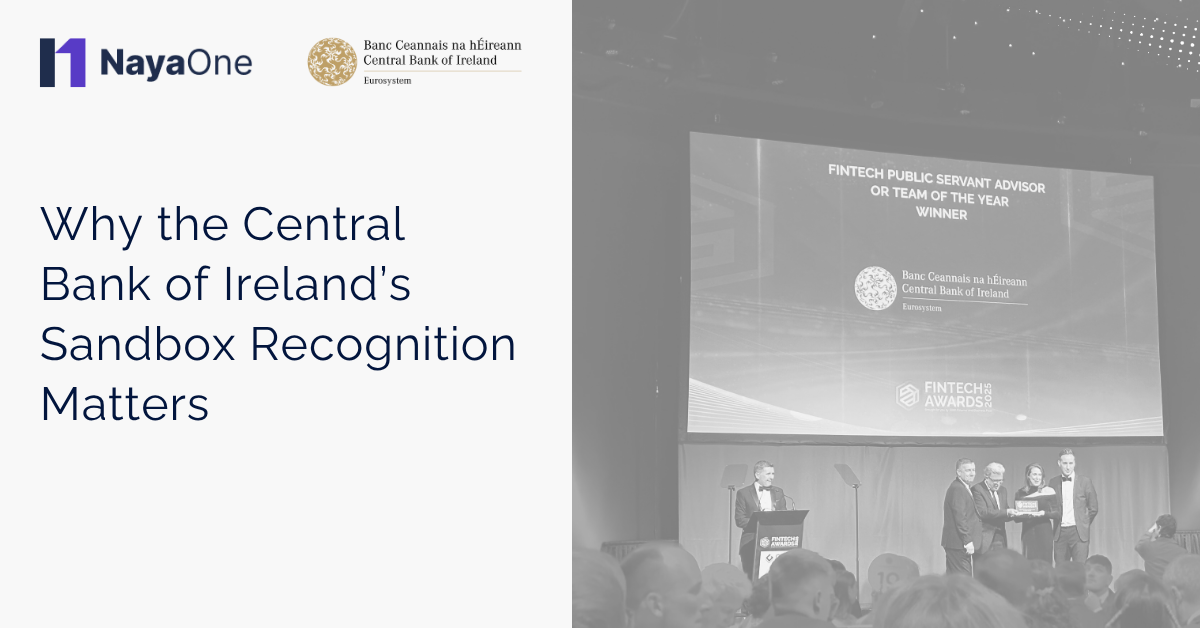Open finance is transforming the way financial services connect and interact. But true openness is more than just sharing data or meeting regulatory requirements. It is about creating an ecosystem where banks, fintechs, and other providers can work together seamlessly. This is where integrated finance solutions come into play. By linking systems, platforms, and data in a single, coordinated environment, these solutions make collaboration simpler, faster, and more effective. They are the bridge that turns fragmented financial services into unified, innovation-friendly ecosystems.
According to a recent report by Sahamati, the global open finance ecosystem is expected to surpass 1 billion users by 2030, with India alone contributing nearly 47% of that user base. This highlights how quickly open finance is moving from concept to mainstream reality and why collaboration is becoming essential.
Customers today expect financial services to work together effortlessly. From instant payments to real-time lending decisions and integrated investment tools, the demand is clear: services should feel seamless, regardless of provider. This is made possible by enabling smooth data flow, real-time transactions, and a collaborative ecosystem where innovation thrives without technical barriers.
How do integrated solutions for finance enable collaboration across ecosystems?
Think of integrated finance solutions as the ultimate matchmaker for the financial world. They bring together banks, fintechs, retailers, and other players so that everyone can work together smoothly. Without integration, organisations often operate in silos. They have the data and tools they need, but connecting with others is complicated and slow.
APIs and orchestration layers act as the connectors that allow different systems to communicate effortlessly. Platforms can share data, process transactions, and automate tasks without a single person manually moving information from one place to another. Digital sandboxes provide safe environments where companies can experiment and test new ideas before rolling them out to real customers.
This level of integration means that companies can focus on creating new services rather than worrying about compatibility issues. For example, a bank and a fintech could partner to offer a combined savings and investment service without needing to rebuild each system from scratch. Collaboration becomes less about negotiation and more about creativity.
What role do integrated platforms play in accelerating open finance adoption?
Open finance is about making financial services more accessible, transparent, and connected. Integrated finance solutions are the tools that make this possible. By linking multiple players, these platforms reduce the complexity of compliance and data sharing under open banking rules. They ensure that when a fintech wants to connect with a bank or a payment provider, it can do so quickly and securely.
Integration also helps onboard partners faster. Instead of spending months on compatibility checks or manual integrations, companies can connect their systems in days. This is particularly important for smaller fintechs that may not have large IT teams. The faster onboarding process means that innovation can happen more frequently, giving customers access to new services sooner.
Another benefit is that integrated platforms reduce duplication. If multiple companies are trying to solve the same problem separately, integrated solutions allow them to work together instead. This reduces costs, speeds up development, and ensures that customers receive better, more seamless services.
How does data integration drive transparency and trust between participants?
One of the biggest challenges in open finance is trust. Companies need to feel confident that the data they share will be secure and accurate, and customers need to trust that their information is handled responsibly. Integrated finance solutions address both concerns by ensuring that data flows smoothly and securely between systems.
Real-time visibility is a huge advantage. When all participants can see transactions, balances, and performance data as they happen, mistakes are easier to spot, and accountability is higher. This transparency not only reduces the risk of errors but also strengthens relationships between partners. Everyone knows what is happening and can act accordingly.
Integrated solutions also come with built-in governance and security features. Permissions, encryption, and audit trails help ensure that sensitive data is only accessed by authorised parties. These measures build confidence and encourage more participants to join the ecosystem. The result is a network where information is shared freely, safely, and effectively.
Can integration redefine what financial collaboration looks like in the future?
If integration is the bridge today, it could become the foundation of financial collaboration tomorrow. As technology advances, integrated solutions for finance will enable more complex and innovative partnerships. Embedded finance is already changing how customers access services, from in-app payments to personalised lending offers. Integration makes these experiences smoother and more responsive.
Future platforms may allow multiple organisations to collaborate on a single service in ways we cannot fully imagine yet. Think of a scenario where a bank, a fintech, and a retailer work together to offer a customised savings programme with real-time rewards and financial coaching. This is possible because integration enables systems to communicate, share data, and coordinate actions automatically.
Integration also encourages a shift from competition to co-creation. Companies can focus less on beating each other and more on building services that genuinely benefit customers. The ecosystem approach means that innovation is no longer limited to a single company but becomes a shared effort across multiple organisations.
What does true open finance collaboration look like?
True open finance is more than a set of rules or APIs. It is a collaborative ecosystem where companies work together to deliver better services, faster solutions, and more value for customers. Integrated finance solutions are the enablers of this collaboration. They connect systems, streamline processes, and ensure that data flows safely and efficiently.
As integration continues to advance, the boundaries between banks, fintechs, and other financial players will blur. Services will become more seamless, partnerships will become more creative, and the overall customer experience will improve. Digital sandboxes provide a safe environment to test new ideas and innovations, helping companies experiment without risk. This approach does not just make open finance possible; it makes it practical, enjoyable, and ready for the next wave of innovation.






